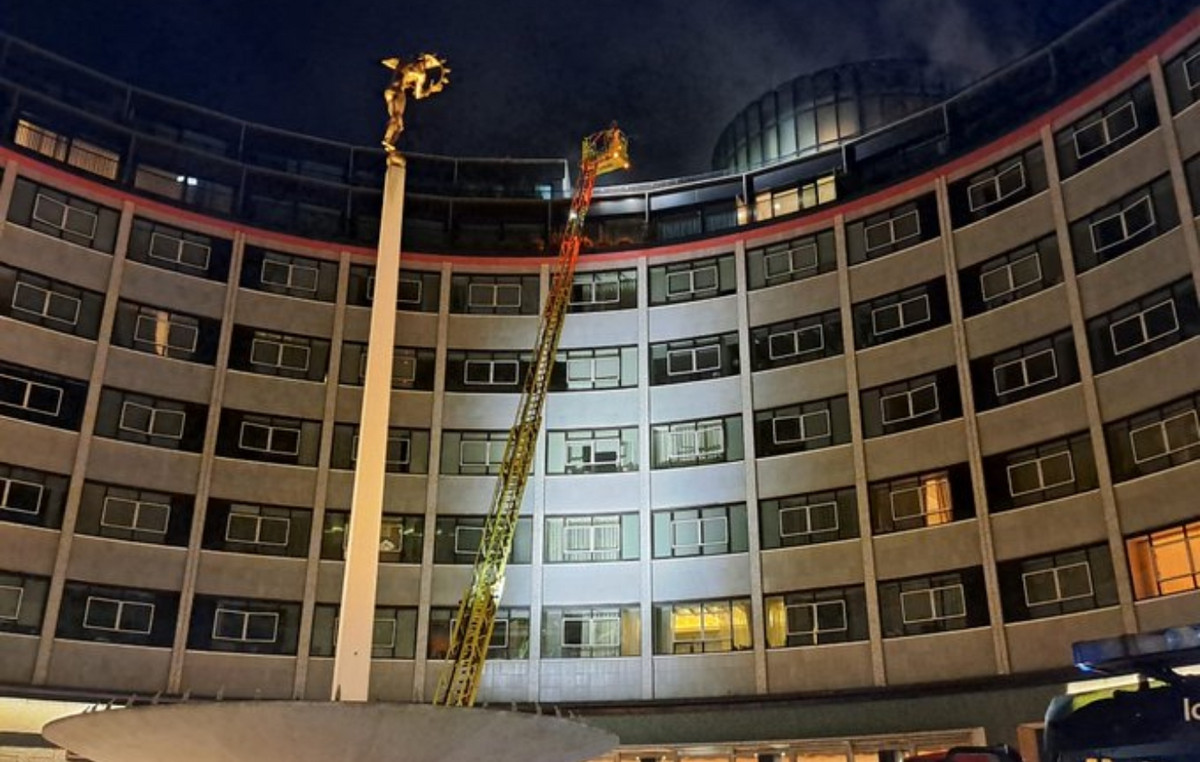Age is one of the risk factors for developing cancer. According to the National Cancer Institute in the United States, the average age of onset of the disease is 66 years due to external factors, associated with lifestyle over the years, and genetic factors. However, new studies suggest that the risk of developing cancer — more specifically, lung cancer — may decrease again after the age of 75.
The findings, published as a preprint (i.e., they will still be peer-reviewed for official publication), highlight that specific genes can contribute to reducing the risk of developing lung tumors and that iron metabolism can also influence this decrease.
In a first studyresearchers at Stanford University in California analyzed mice that have a cancer-causing mutation. The authors of the study were able to control this mutation with the help of a genetic switch, activating the mutated genes in the lungs of young and old mice. After this intervention, the team found that tumors were larger and more frequent in younger mice than in older ones.
The researchers also used CRISPR-Cas9 gene editing on mouse tumors to assess the effects of inactivating each of more than a dozen genes that typically suppress tumor growth. Turning off most of these genes increased tumor growth rates in mice of all ages, the study found, but tumor growth was greater in younger mice than in older mice.
The second studyled by Xueqian Zhuang, an oncology biologist at Memorial Sloan Kettering Cancer Center in New York City, found that aging can increase the production of a protein called NUPR1, which affects iron metabolism, in lung cells in mice and humans. These cells then behave as if they were iron deficient, limiting their ability to grow quickly and thus reducing the risk of tumors.
In this experiment, researchers used CRISPR-Cas9 gene editing to inactivate the NUPR1 gene in older mice. This intervention caused iron levels in the mice’s lungs to increase, which increased their risk of developing lung tumors.
This is in line with another finding by the team: people over 80 have more NUPR1 in their lung tissue than people under 55, suggesting that this protein may be protective against cancer in humans as well.
Findings, if confirmed, could indicate new forms of treatment and prevention
At the request of CNN Vladmir Cláudio Cordeiro de Lima, clinical oncologist and member of the Thoracic Tumors Committee of the Brazilian Society of Clinical Oncology (SBOC), analyzed the two studies and explained that, if the results are confirmed, they may indicate the need for specific therapies for elderly cancer patients.
“If the results of the first study are confirmed and subsequently replicated in humans, they would indicate that lung tumors in elderly patients have distinct molecular profiles from tumors in young patients and this could lead to the selection of distinct and targeted therapies for such alterations,” says Lima.
“Regarding the second study, if the data are confirmed and replicated in clinical samples, suppressing the absorption or use of iron by tumor cells could become a new form of treatment or could be adopted as a measure to reduce the risk of lung cancer,” he adds.
However, the expert emphasizes that the studies have not yet been published or peer-reviewed. Therefore, some of the experiments may still undergo validation, repetition or extension. In addition, it is not yet possible to know whether the findings could be replicated in other types of tumors.
“[Os estudos] have not been evaluated in other models and there is no data in humans. Furthermore, the model used is artificial in a certain way. It is not possible to say that the same would occur in tumors with spontaneous development”, he states.
Cancer in people under 50 increased 79% between 1990 and 2019
Source: CNN Brasil
I am an experienced journalist and writer with a career in the news industry. My focus is on covering Top News stories for World Stock Market, where I provide comprehensive analysis and commentary on markets around the world. I have expertise in writing both long-form articles and shorter pieces that deliver timely, relevant updates to readers.







